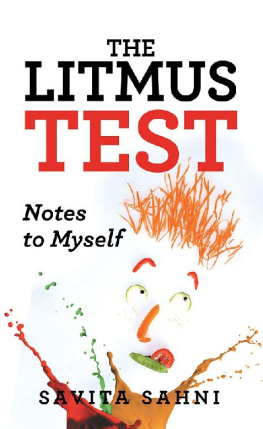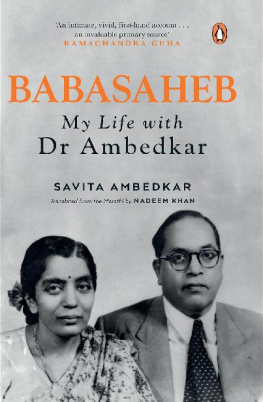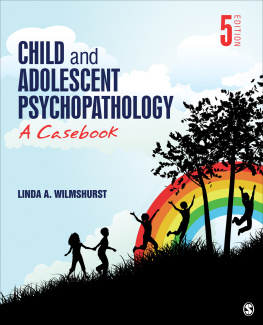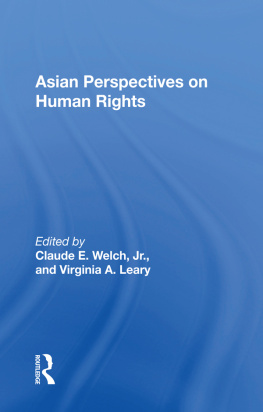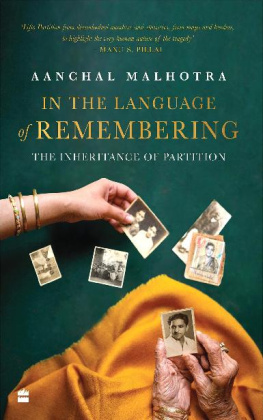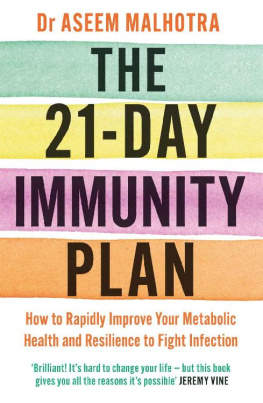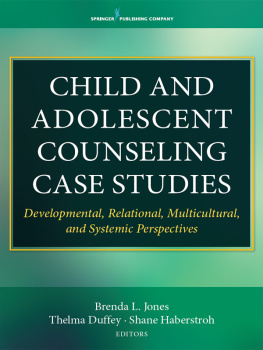1. Pediatric Bipolar Disorders: Current Understanding and Management
Abstract
There is no question that when a youngster develops bipolar disorder, it can severely affect the normal development and psychosocial functioning of the child or adolescent and significantly increase the risk for suicide, substance abuse, academic, social and legal problems. Despite the diagnostic criteria being so well delineated, there has been much debate and interest in how bipolar disorder presents in pediatric populations, how professionals assess and diagnosis bipolar disorder in children and adolescents, and how this impacts treatment. This chapter will aim to not only discuss the epidemiology, risk and genetic factors, assessment and treatment of bipolar disorder in children and adolescents but also highlight recent trends, advancements, and research to better understand pediatric bipolar disorder.
1.1 Case Example
Billy is a 15 - year-old adopted male with a history of attention deficit hyperactivity disorder and learning disorder who presents with a decline in functioning in school setting. Billy has always been a good-natured, well-mannered young teenager who was kind and thoughtful. Billy struggled with his social interactions and appeared to be slightly more immature than his same age peers. When Billy entered high school, although he was ready for this new educational milestone he struggled from the start in his large high school setting. Billys mood appeared depressed and he was withdrawn and isolative at times. With the support of his individualized educational plan (IEP), Billy was able to do the work, but he had significant difficulty with his decision-making strategies and navigating social constructs. Billy began to follow negative behaviors of his peers. The peers with whom he was spending time had conflict with another group at school to the point that they began to be verbally aggressive and even threatened physical harm to Billy and his associates. Thus out of fear, Billy brought a knife to school for protection. A female peer noticed it in his backpack and notified school officials and Billy was subsequently placed in an alternative school setting. After a month of settling into his new school placement, more incidents began to occur. Billy began to leave home for long periods of time. He was supposed to take out the trash but would be gone for 2 h. His mother would drop him off at school but then he would wander off school grounds and be marked absent for the day. Billy even was detained shortly for shoplifting after he was dared by his peers to steal some speakers from a store. Other electronics would appear in his possession over time, which he would explain as either someone gave them to him or he bought them off of another person. Billy stated that he was able to purchase these electronics with his own money from the candy business he had recently started. Billy denied rapid thoughts, disturbed sleep, and pressured speech but during this time felt that he had unique skateboarding techniques that no one else could do. He also felt that he could teach the lessons in school better than his teachers. He felt a thrill of adrenaline when he was dared to do something and did it even though he knew it was wrong I felt good. I felt powerful. He also felt that if anyone tried to take his possessions he would fight them and protect himself. As mentioned previously, Billy was adopted but when family history was further explored it was discovered that his biological father with whom he has no contact has a history of bipolar disorder. One night Billy left his home for 24 h. When he finally came back home he was taken to the emergency department for assessment and was subsequently hospitalized. Billy was started on a low dose atypical antipsychotic medication and the hypomanic/manic symptoms began to remit.
1.2 Introduction
There has been much debate and interest on how bipolar disorder presents in pediatric populations, how professionals assess and diagnosis bipolar disorder in children and adolescents, and how this impacts treatment. There is no question that when bipolar disorder strikes, it can severely affect the normal development and psychosocial functioning of the child or adolescent and significantly increase the risk for suicide, substance abuse, academic, social, and legal problems.
The diagnostic criteria for bipolar disorder is quite clear in the Diagnostic Statistical Manual of Mental DisordersDSM-5 (American Psychiatric Association ). Despite the diagnostic criteria being well delineated, much interest has gone into how bipolar disorder presents in pediatric populations, as the DSM criteria do not differentiate between how these symptoms might manifest in children compared to adults. This chapter will aim to not only discuss the epidemiology, risk and genetic factors, assessment and treatment of bipolar disorder in children and adolescents but also highlight recent trends, advancements, and research to better understand pediatric bipolar disorder.
1.3 Epidemiology
Multiple prevalence studies have been done to try to examine rates of bipolar disorder in pediatric populations, although most of the literature examines adolescent populations and not pre-pubertal children. The prevalence of pediatric bipolar disorder is approximately 1.8 % (Van Meter et al. ). Interestingly, being categorized as having subsyndromal bipolar disorder in adolescence was more greatly associated with developing a major depressive episode in young adulthood compared to meeting criteria for bipolar disorder in young adulthood. Further, having diagnoses of bipolar disorder or subsyndromal bipolar disorder was associated with greater psychosocial impairment, poorer global functioning, and being more likely to utilize mental health care as adults. Billy appears to fall into either one of these diagnostic categories.
Recent studies in the United States show a trend of increasing rates of diagnosis of bipolar disorder in pediatric populations. One study showed that in outpatient office-based settings, the number of youth with a diagnosis of bipolar disorder increased 40-fold during these time periods (19941995 and 20022003 survey data), while only increasing twofold in the adult populations (Moreno et al. ).
To further the importance of recognizing that individuals with bipolar disorder may start to have onset of symptoms in childhood, another study looked at adults with a diagnosis of bipolar disorder and used self reports to group them into three categories: those with the symptom onset in childhood (<13 years of age), adolescent onset(1318 years), and adult onset. Individuals that had child onset bipolar disorder were more likely to have experienced more prolonged manic episodes, non-remitting courses (<2 months without symptoms) and greater risk of having diagnosis of antisocial personality disorder in adulthood. Childhood and adolescent onset type also had higher prevalence of substance use disorders (Goldstein and Levitt ).



